

Copyright 2017 by Tricia Cohen and Lisa Graves
All rights reserved. No part of this book may be reproduced in any manner without the express written consent of the publisher, except in the case of brief excerpts in critical reviews or articles. All inquiries should be addressed to Skyhorse Publishing, 307 West 36th Street, 11th Floor, New York, NY 10018.
Skyhorse Publishing books may be purchased in bulk at special discounts for sales promotion, corporate gifts, fund-raising, or educational purposes. Special editions can also be created to specifications. For details, contact the Special Sales Department, Skyhorse Publishing, 307 West 36th Street, 11th Floor, New York, NY 10018 or .
Skyhorse and Skyhorse Publishing are registered trademarks of Skyhorse Publishing, Inc., a Delaware corporation.
Visit our website at www.skyhorsepublishing.com.
10 9 8 7 6 5 4 3 2 1
Library of Congress Cataloging-in-Publication Data is available on file.
Cover design by Jane Sheppard
Cover illustration by Lisa Graves
Print ISBN: 978-1-5107-2179-1
Ebook ISBN: 978-1-5107-2180-7
Printed in China
supportverb/s 'prt/
'prt/
- to endure bravely or quietly: bear
- to promote the interests or cause of: to uphold or defend as valid or right
This book is dedicated to Michael Cohen. His unwavering support and encouragement has made a difference in every aspect of our lives and in this book. Thank you, Michael.
Special thanks to:
Kathy Sandland, Sheila Graves, Jeanna Woods, Erin Beck, Colleen Bender, Christopher DAddario, Edward Branley, Debbie and Adam Kessler, Joanna Huss, Sandy Tolliver, Sharon and Justin Coffini, Christine and Jerry Fellows, Michael Hill Kennedy II, Rebecca Guse, Raymond Bewsher, Michael King, Dr. Lois Frankel, and Kristen Flanagan.
Table of Contents


Hobbamock was a Native American that served as a guide and interpreter for the settlers in the colony. He was part of the Wampanoag tribe, and specifically asked by Massasoit to assist the Pilgrims. In Algonquian, Wampanoag translates to People of the Dawn. He was a beloved friend of the settlers and was significantly instrumental to their survival.
Introduction
Picture yourself being dropped in the middle of the woods in a foreign country, with nothing but some salt, a couple of pots, and a few dishes. There is no Wi-Fi, everyone is sick, and you and your family have lived on nothing but rotting cardboard (or rather a substance that tastes like cardboard) for the past few months. Sounds like a reality horror show. Actually, it was a reality horror show.
Also throw in the fact that there are no grocery stores, you have no money, theres some very strange people lurking around the outskirts watching what you do, and you dont know how to hunt. When you really consider the circumstances the first settlers encountered once they reached the land we now know as America in 1620, it is amazing how any of them survived.
The land in Plimoth was plentiful, however. Chock full of native fruits and nuts, game birds filling the skies and forest, deer and game frolicking about, and the fishoh, all the fish and clams and mussels and oysters! The problem was, no one knew how to hunt, fish, garden, or cook. The available ingredients were so foreign that no one knew if any of it was edible or how to prepare it, if it was.
Cooking a meal was incredibly taxing under these circumstances. Settlers would have to hunt, trap, pluck, farm, chop wood, harvest, etc., all while trying to build their village. Sure, things got better over the next thirty years with supplies coming in through the ports, but then after that you had the pesky Revolutionary War, the Salem witch trials, plagues, and religious turmoil.
Logistics and Lug Poles
In those first couple years, all the cooking was done in the hearth, which also served as the main source of light and heat in the house. Hearths were originally made of fieldstones, but they were eventually replaced by bricks. A lug pole was set over the fire to hang pots. At first, these poles were made of wood, but of course that caused them to burn easily, and they had to be replaced by iron rods. Most of the meals were a one-pot concoctionbroth, meat, some vegetables, and herbs. This enabled the settlers to walk away from the hearth while it cooked to perform other household chores.
The Pilgrims who came over on the Mayflower were only allowed to bring minimal supplies due to storage space on the ship. This included one pot, one kettle, and a few platters/dishes/spoons. As a result, methods such as frying or poaching were very uncommon.
Dry goods were stored in baskets made of pine needles and corn husks and placed in the ground to keep cool. In fact, the settlers stole this technique from the Native Americans when they found a bunch of buried corn.

Farming was critical, but the settlers were not farmers. They had brought seeds with them, but it was difficult to clear land for crops. There was so much to be done. If they could have spent the entire day weeding, pruning, and caring for those crops, they would have certainly been more successfulthe soil was rich, the conditions were manageable, and there was plenty of space. However, these people also needed to hunt, build their houses, make tools, and negotiate with the Native Americans, among many other tasks necessary for survival. Meals were merely a necessary break for fuel.
Influence and Influenza
The Columbian Exchange (named after the Italian explorer Christopher Columbus) was one of the most influential and significant events in the history of food. As settlers arrived in America and discovered new ways to sustain themselves, Europeans were experiencing the benefits as well of the cultural exchange as goods and supplies traveled between both continents. This resulted in a flourishing of new cuisines and dishes worldwide. Staples such as squash, pumpkins, turkeys, peanuts, potatoes, tomatoes, and corn made their way from their native America to Europe, Africa, and Asia; while grapes, bananas, coffee beans, olives, and livestock made their way to the Americas.
However, food was not the only thing that was exchanged. Unfortunately, this new ease of access resulted in the movement of deadly diseases and illnesses, such as smallpox, measles, and influenza, from the Old World to the New World, ultimately wiping out thousands of Native Americans. We might love our coffee, but a terrible price was paid for the cup of joe we drink today.
The Recipes
The colonial period is defined as the period from the arrival of the Europeans in 1492 up to the incorporation of the United States in 1776. That is
Next page
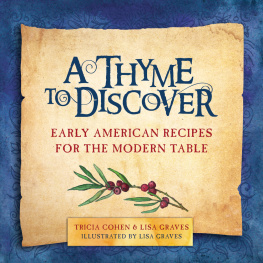

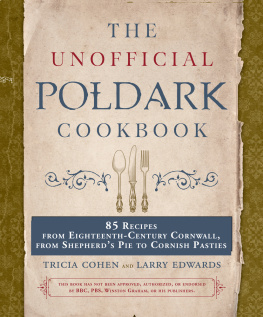
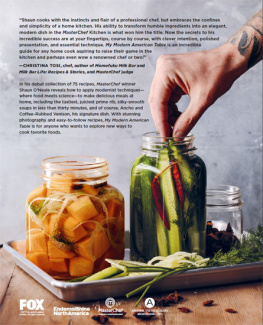
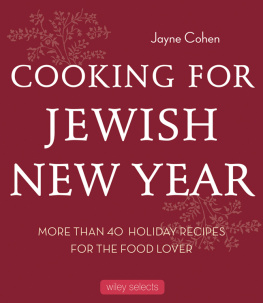
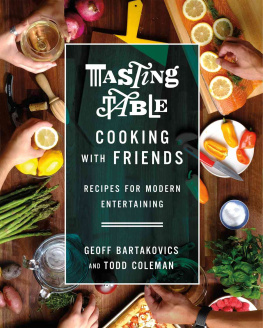
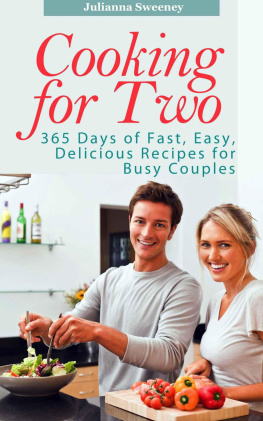

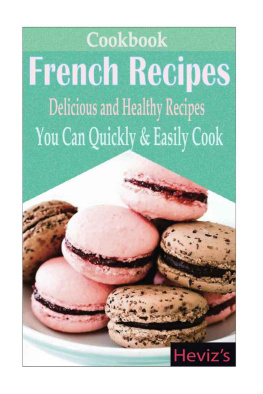

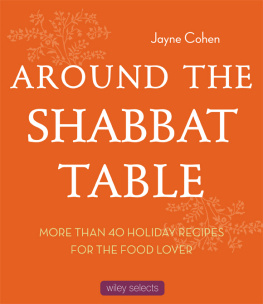


 'prt/
'prt/

